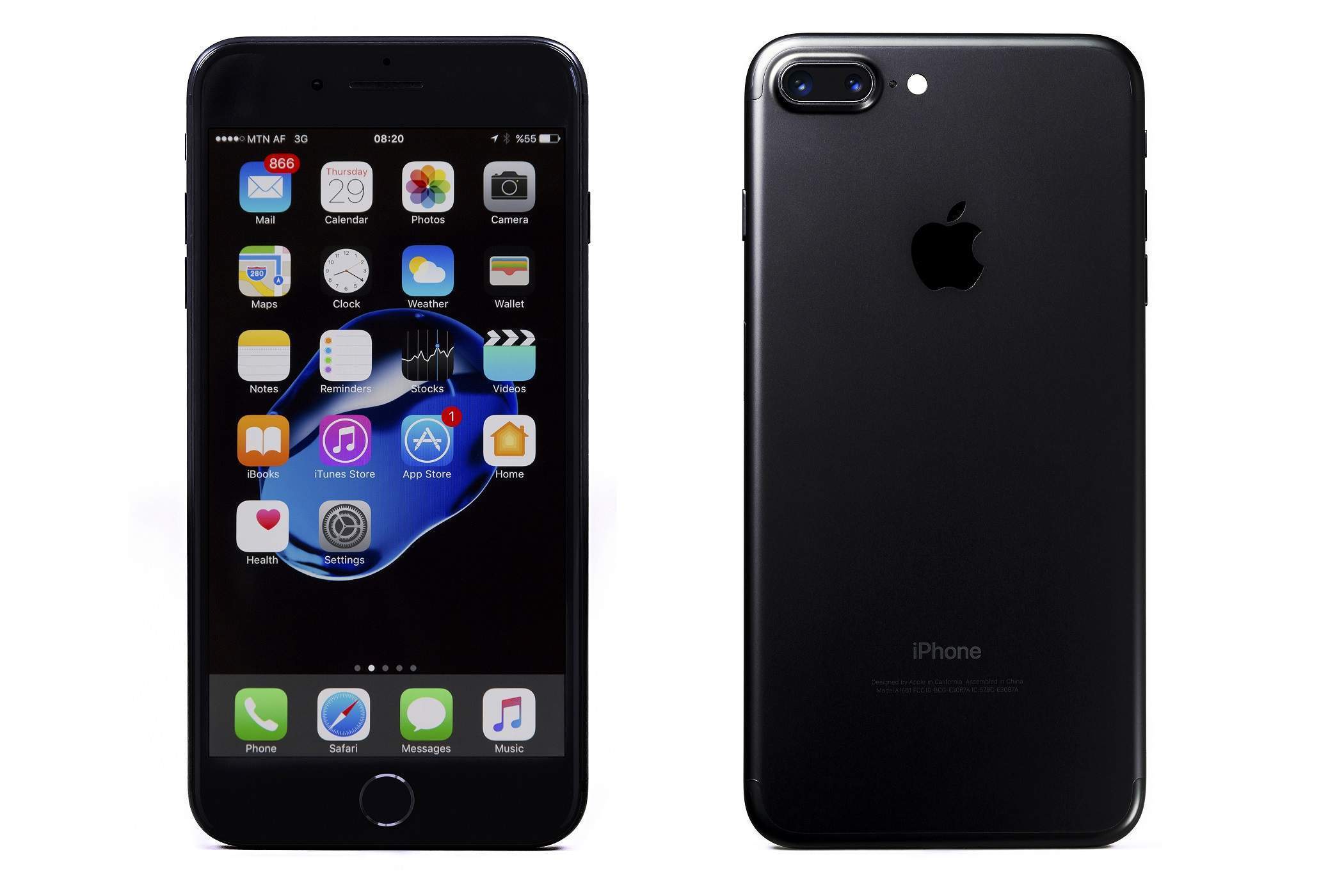
A new iPhone – let’s call it the iPhone 8 – is being announced tonight.
The September 12 event will mark 10 years since the first groundbreaking device was launched. That means we should expect something big from the House that Steve Jobs built.
Coincidentally, this is also the year that 5G trials have begun to ramp with early launches promised for 2018. Put this all together and it’s only natural to expect that the iPhone 8 will include 5G, right?
Sort of.
5G means many things to many people. It involves new radio technologies. It involves the use of new, largely untapped swathes of high-frequency spectrum. It involves IoT, and enterprise services, and new ways of “slicing” the network to support diverse end-user requirements. It’s unclear how much of this will be a part of Apple’s new smartphone. Two aspects of 5G messaging, however, are almost ensured to be a part of it.
WiFi as 5G
WiFi is an integral part of any modern smartphone. It was a part of the first iPhone launched and will be a part of the latest iPhone.
How well do you really know your competitors?
Access the most comprehensive Company Profiles on the market, powered by GlobalData. Save hours of research. Gain competitive edge.

Thank you!
Your download email will arrive shortly
Not ready to buy yet? Download a free sample
We are confident about the unique quality of our Company Profiles. However, we want you to make the most beneficial decision for your business, so we offer a free sample that you can download by submitting the below form
By GlobalDataOf course, over the past 10 years, WiFi has evolved. We’ve moved past 802.11b/g to 802.11ac – a technology that supports theoretical speeds of 1.3 Gbps. And in the past few years, WiFi has been called out as a core component of 5G, integrated into frameworks around network slicing and planned for convergence with licensed technologies.
Gigabit LTE
There’s been some debate over whether the iPhone will include Gigabit LTE – supporting LTE Category 16 download speeds of gigabit speeds on the downlink. Where other flagship smartphones already support this and carriers are eager to see these devices on their networks, it seems likely.
It is even more likely that Gigabit LTE will be included in carrier marketing around early 5G launches. Following on the notion that Gigabit speeds deliver an experience beyond the average LTE service of today (and carrier interest in 5G buzz), we’ve already seen Gigabit LTE get called out in this way by service providers like AT&T.
For many people, the concept of a “5G Device” would need to include substantially new technologies. Think new radio technologies (5G New Radio) or the use of new mmWave spectrum. Gigabit LTE and fast WiFi – technologies in today’s devices, delivering services over today’s networks – wouldn’t seem to qualify.
Against the backdrop of fuzzy definitions, however, hyper-competitive 5G marketing dictates that they will be positioned as part of 5G solutions and services.
And, in all fairness, is it surprising to imagine that mobile broadband providers would want to tie one of the market’s hottest devices to their newest, fastest network technology?




Related Company Profiles
Apple Inc